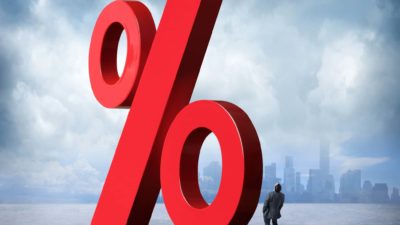Shares of Woolworths Group Ltd (ASX: WOW) have been cyclical these past 12 months, having entered and exited a number of peaks and troughs.
Woolworths had also narrowed its dividend payment earlier in 2022. Although upped its final dividend to 53 cents per share (cps). This brought the FY22 payment to 92cps.
However, what's the health score of Woolworths' dividend, and is it in jeopardy of continuing?
Coverage potentially at risk?
Woolworths increased its full-year payout by around 1.1% on the previous year. It currently trades on a trailing yield of 2.65%.
The total amount paid for the FY22 dividend is expected to be just over $1 billion. And there's also the option for investors to participate in the company's dividend reinvestment plan.
However, it's relevant to know that Woolworths also converted around the same amount in free cash flow (FCF) for the 12 months to 26 June 2022.
Judging from these numbers, it might appear the sustainability of the Woolworths dividend might be at risk.
However, as dividend investors, one critical piece of information we need to obtain is the company's dividend policy. That is, where does it pay dividends from?
This is relevant as some companies choose to pay dividends from profits, whilst others choose to do it from cash flows.
Where does Woolworths pay its dividend from?
Looking at the latter, the conglomerate paid around 115% of its free cash flow in dividends for FY22.
Thankfully, Woolworths doesn't pay dividends from this pile of cash earnings.
According to its annual report, the company says that "[d]ividends are distributions of the group's profit after tax before significant items and assets to its shareholders".
That means it pays dividends from its profit 'pile', versus the remaining free cash it has after obligations.
In that vein, the payout is well covered. Approximately 72.5% of the payout figure is covered by the $1.55 billion in after-tax earnings Woolworths booked in FY22.
Despite this, there's one disadvantage of covering the dividend payout figure from profits versus cash flow, and that's the volatility in dividend payment and yield that can result.
We've seen this in the food and retail giant's dividend stream over the past few years, coming off a high of $1.39 in FY15, and remaining lumpy since.
Meanwhile, the Woolworths share price has slipped more than 8% into the red this year to date.









